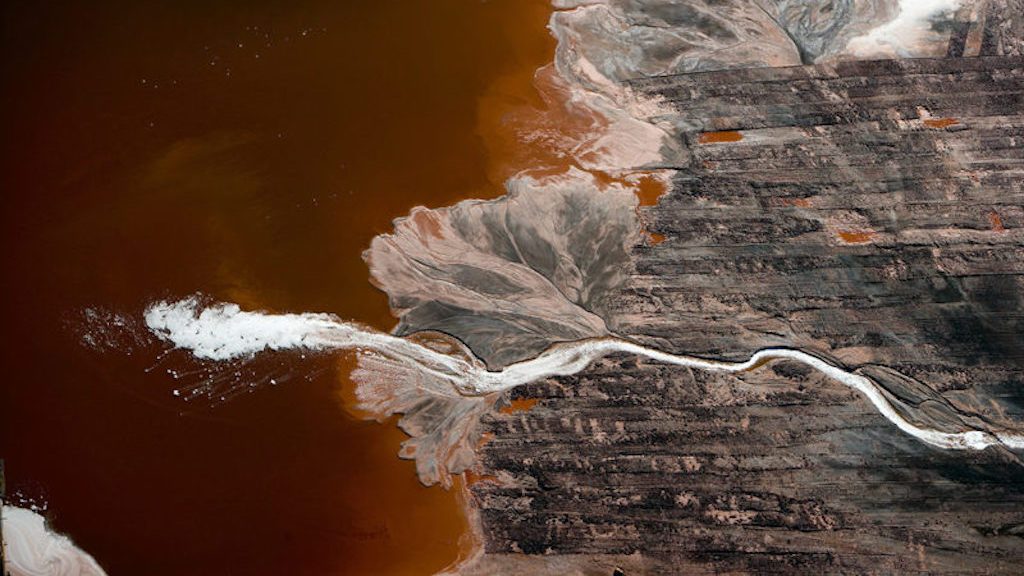A környezetvédő és fotós J. Henry Fair hosszú évek óta próbálja felhívni a figyelmet a soha véget nem érő, és egyre durvuló emberi pusztításra. Ennek apropóján megjelent, fotókkal teli könyvében, az Industrial Scars-ban most a fogyasztói társadalom sokak számára láthatatlan velejáróit, az ipari sebeket mutatja meg.
A fotók első pillantásra szemkápráztatóan gyönyörűek, néhány szempillantás alatt azonban rádöbbenünk azok valódi jelentésére, és arra, hogy míg mi a fejlett országok nagyvárosaiban üldögélve robotolunk, vagy épp élvezzük az életet, a Föld lassan – talán nem is olyan lassan, mint hinnénk – megfullad a közel hét és fél milliárd ember talpa alatt, köszönhetően a mérgeknek és a modern mindennapok szerves részét képező természeti erőforrások kiaknázásának.
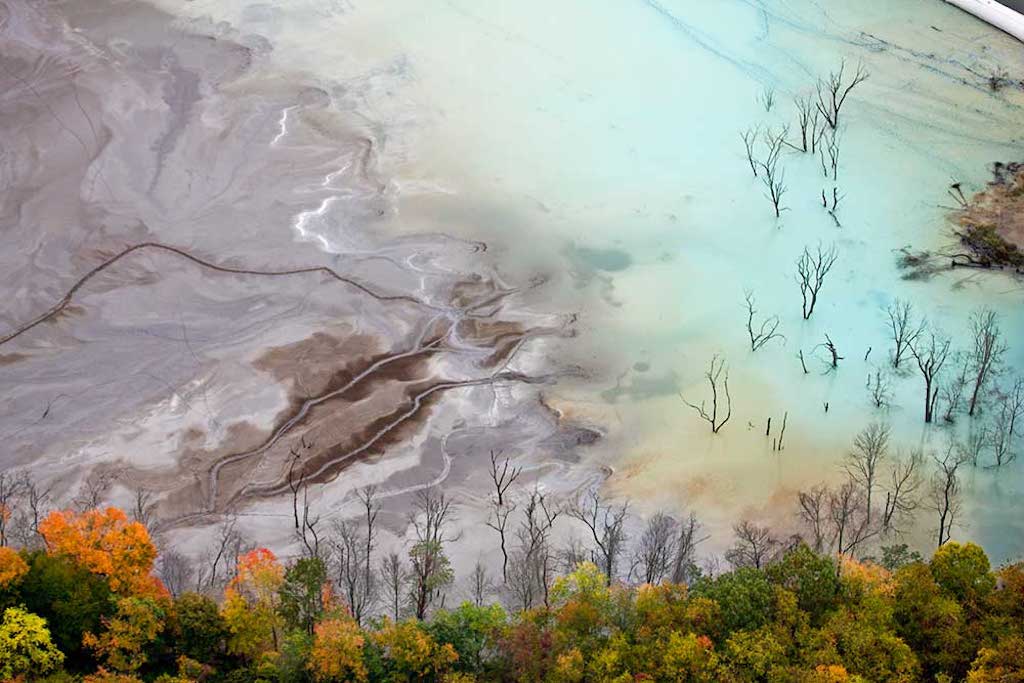
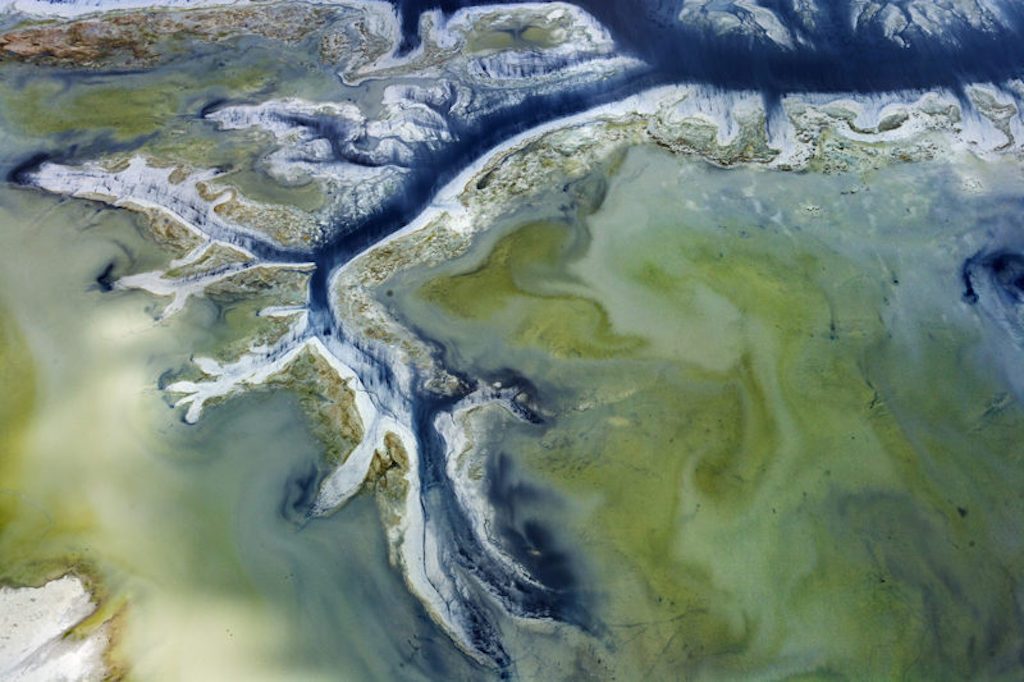
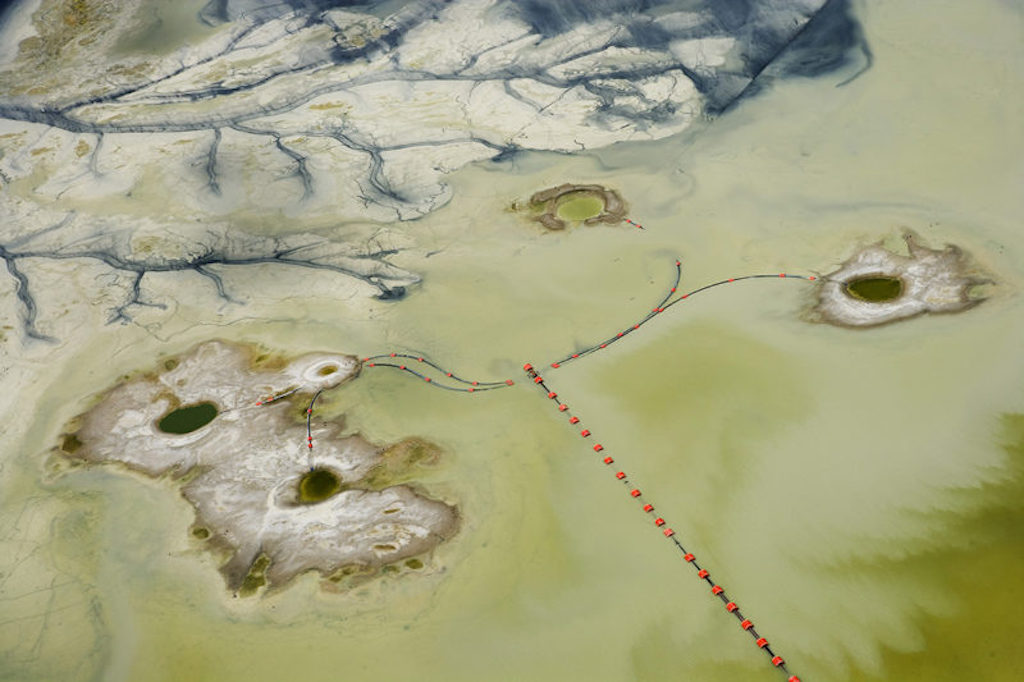
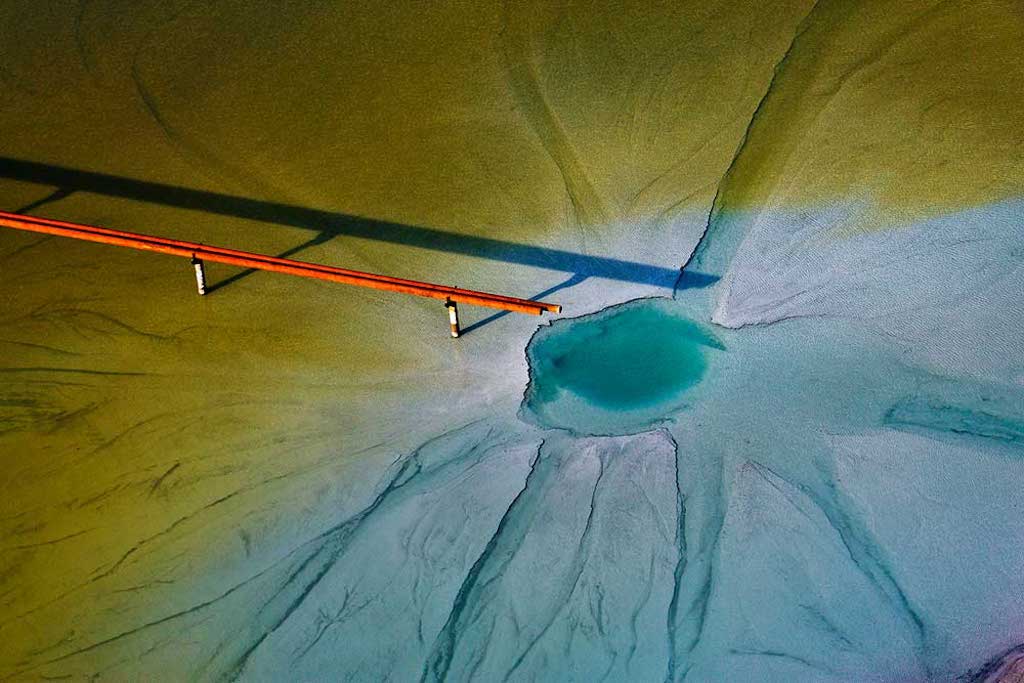
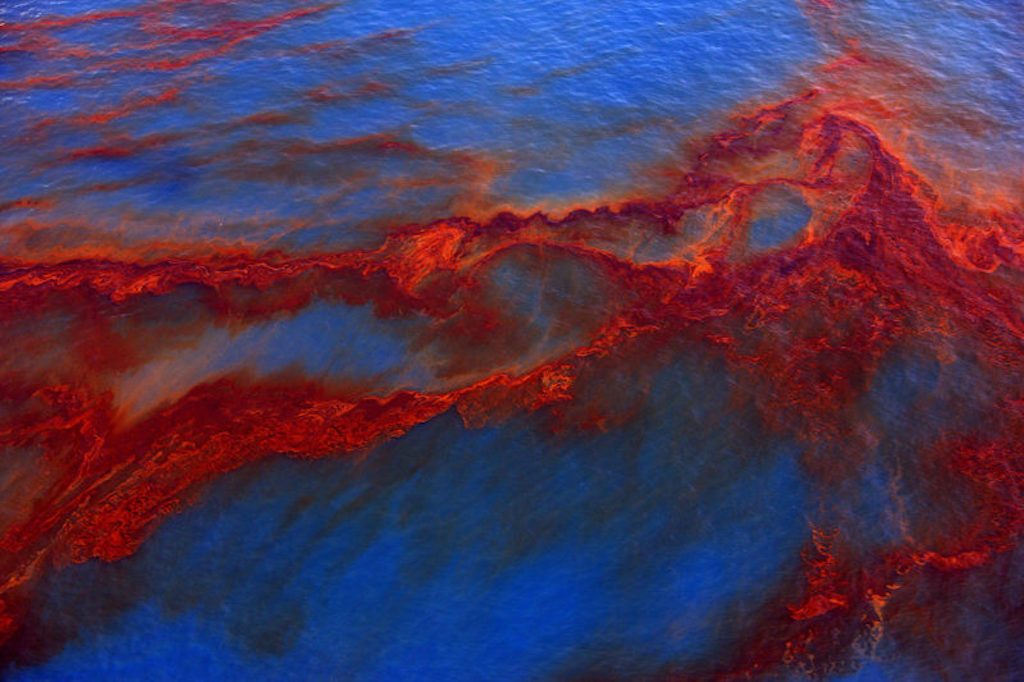
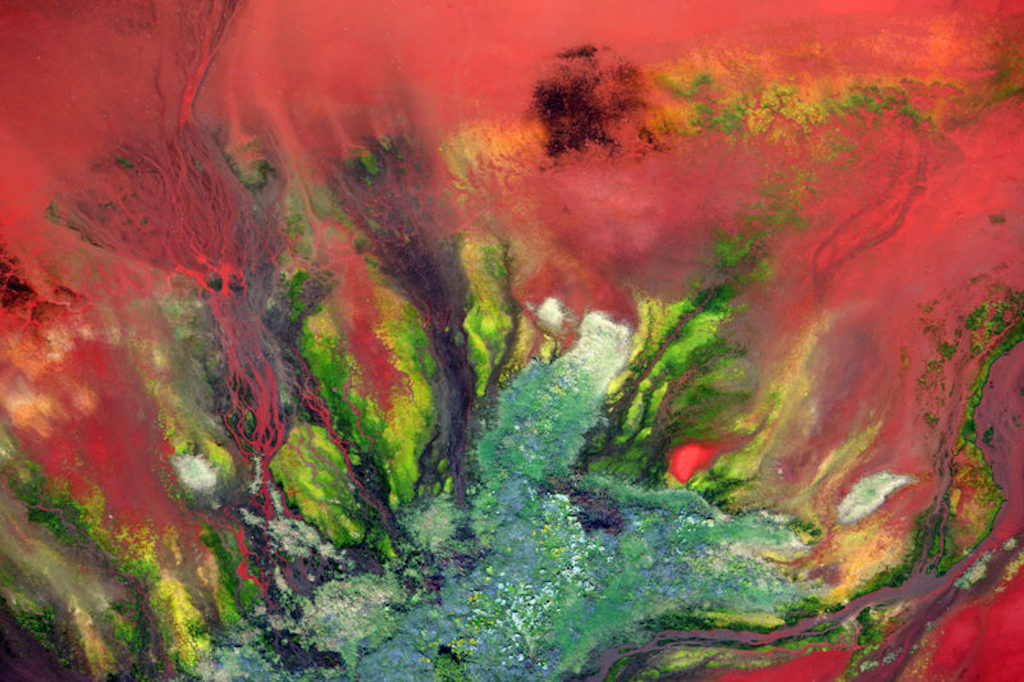
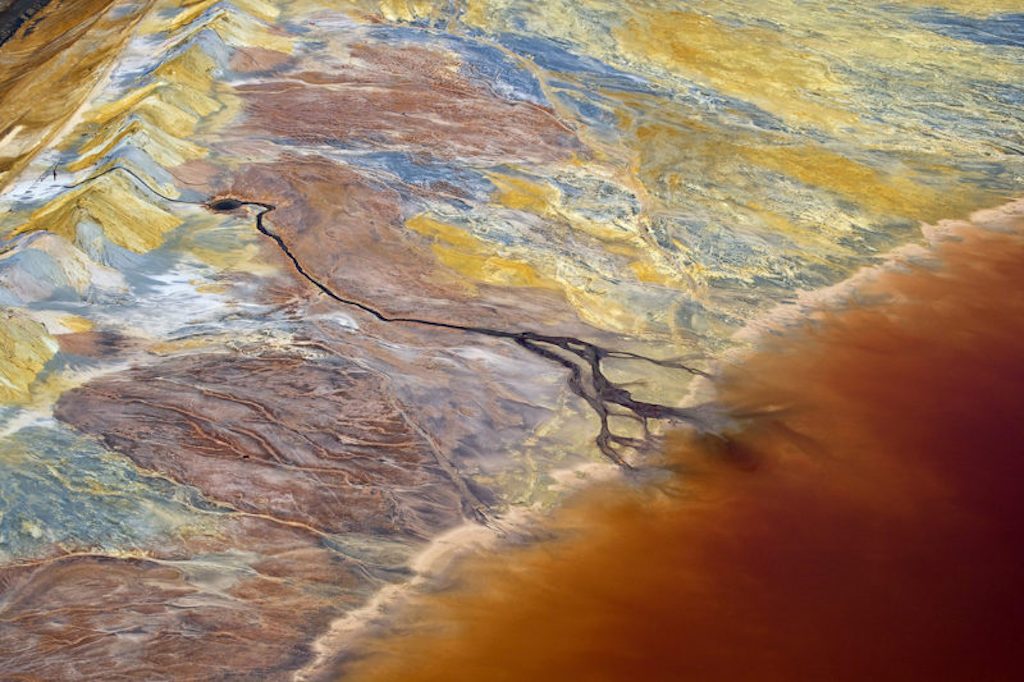
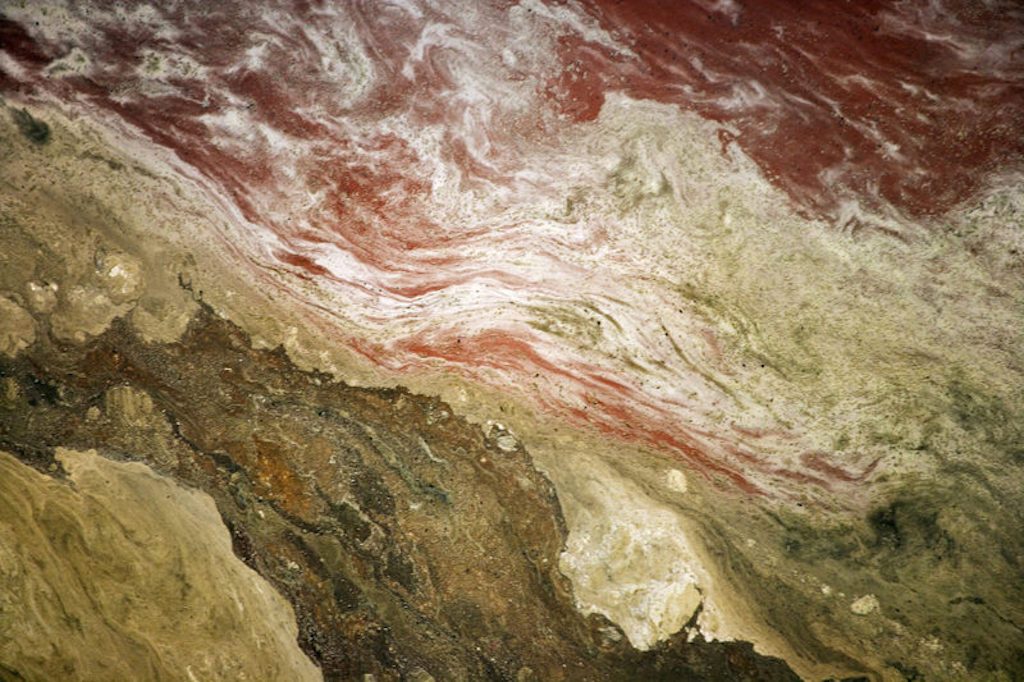
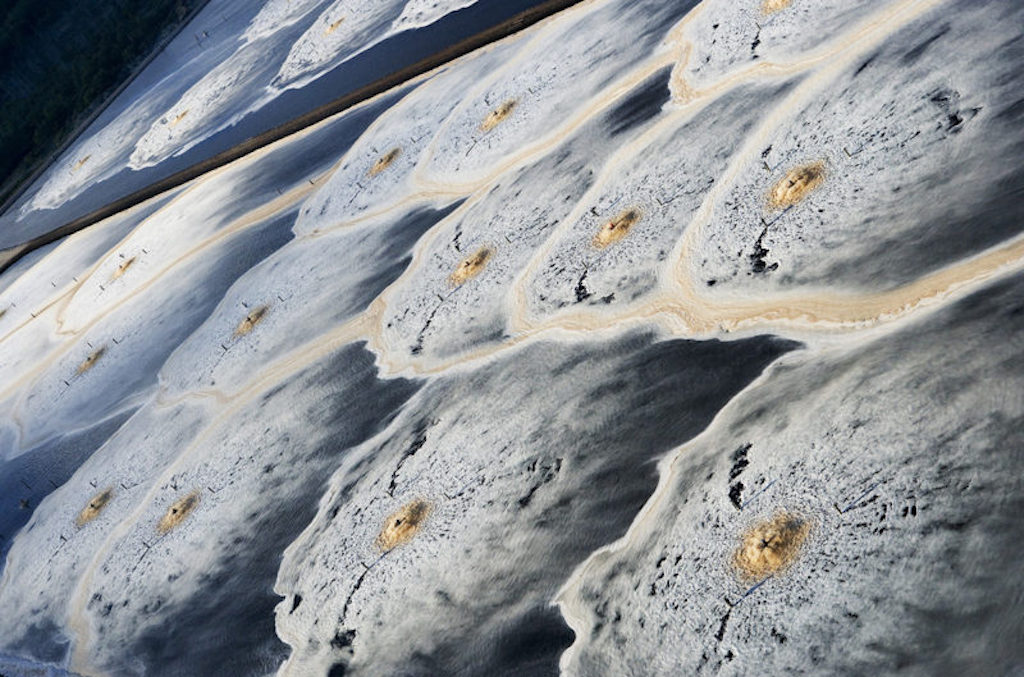
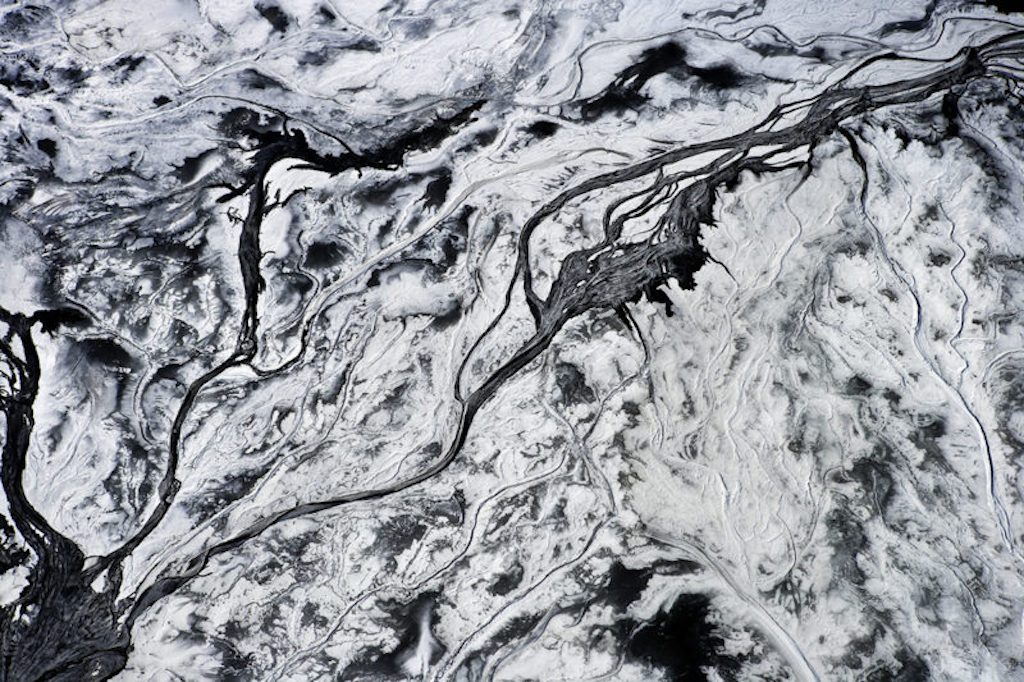
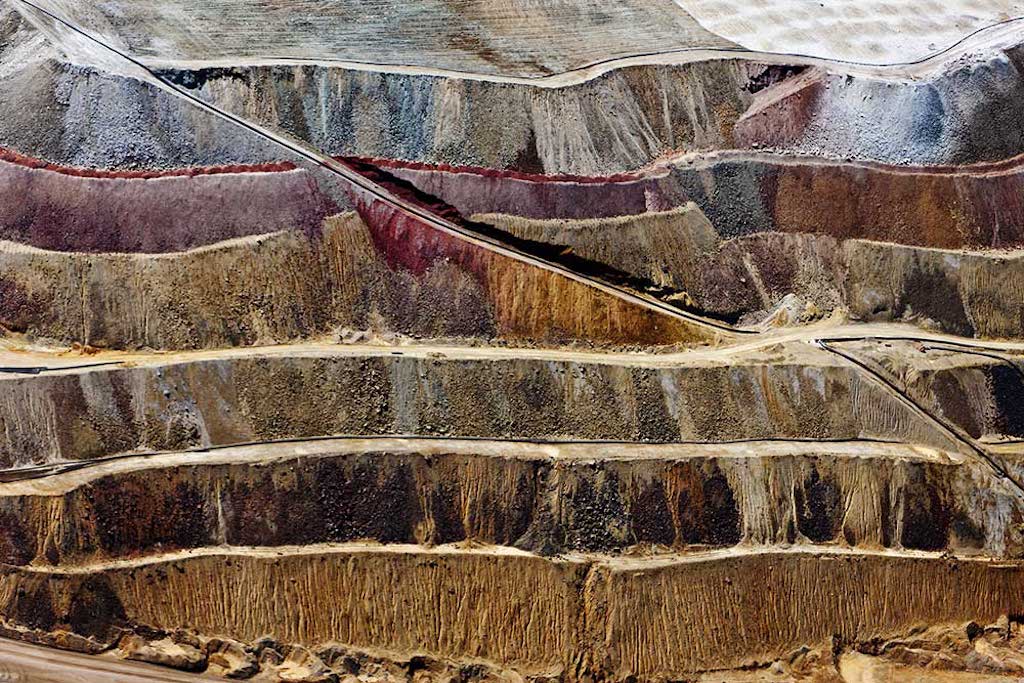

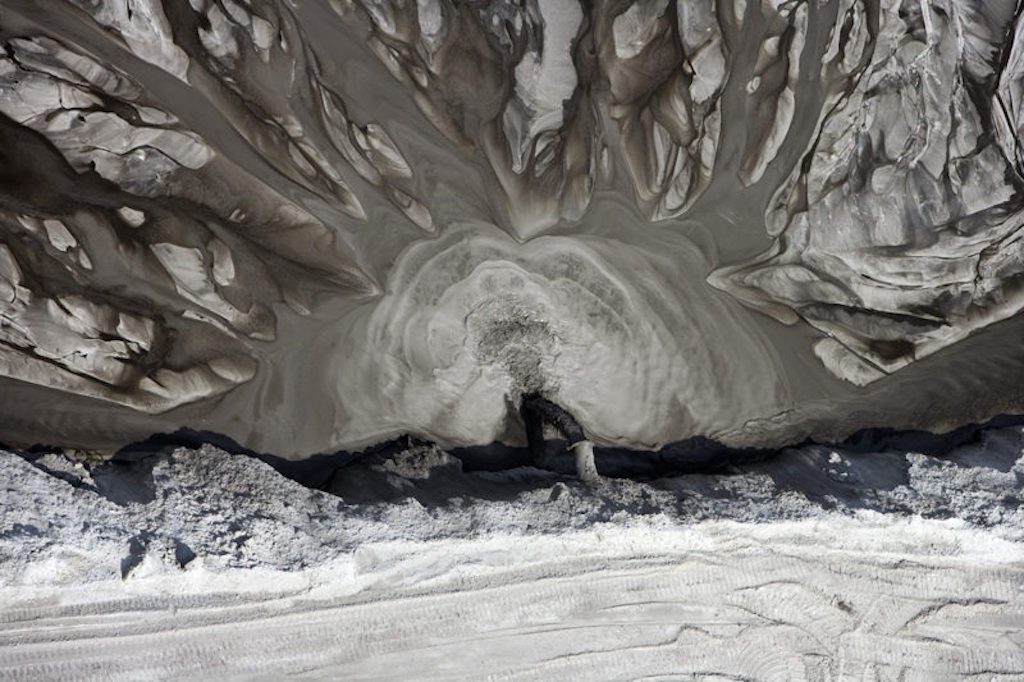
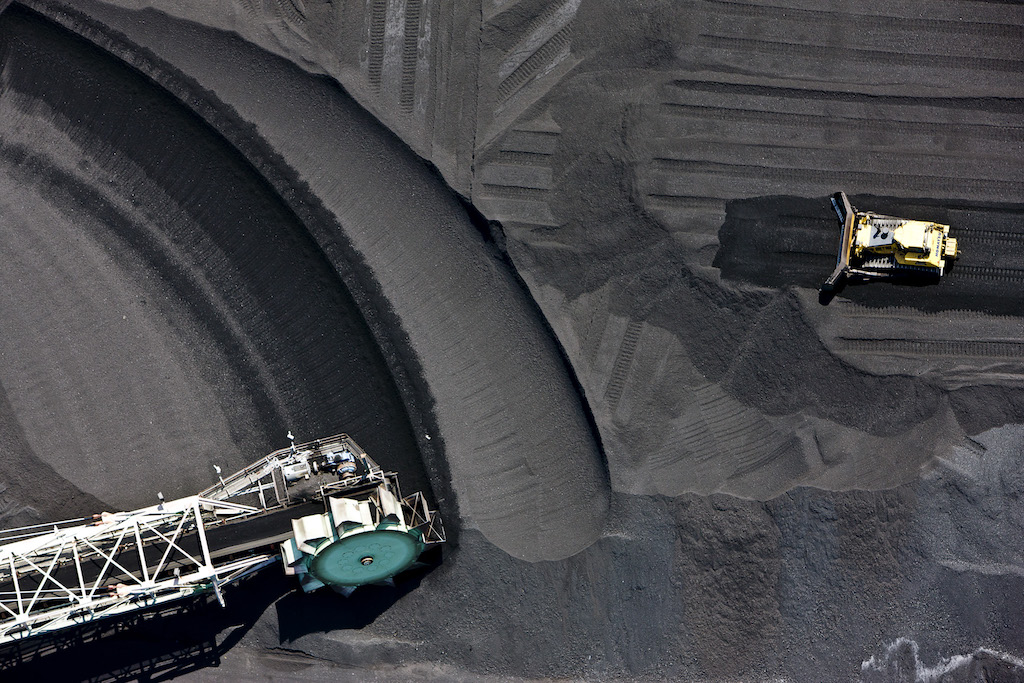
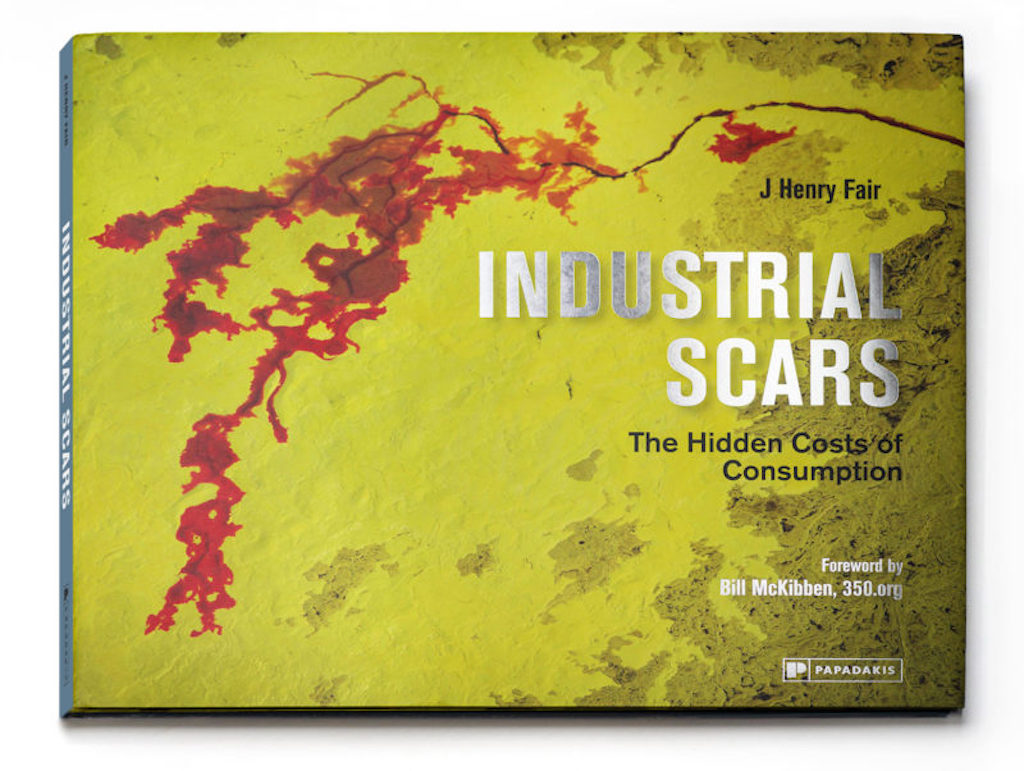
A 204 oldalas könyv jelen pillanatban 8327 forintért kapható a világszerte ingyenes házhozszállítással működő The Book Depository-n.
